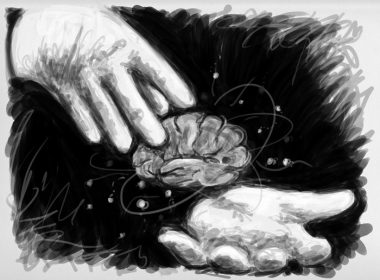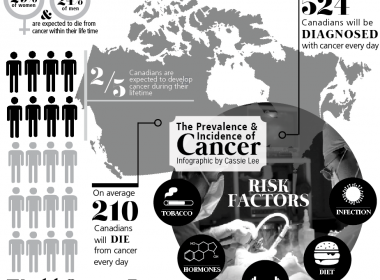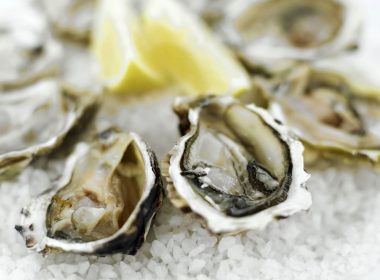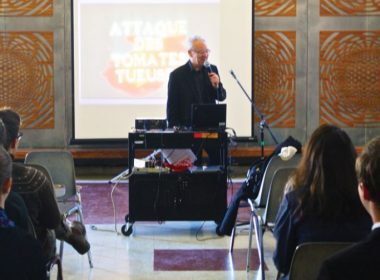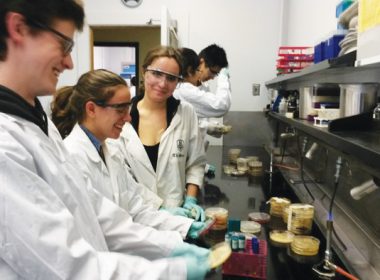Many young boys and girls wake up on their 11th birthday hoping to hear an owl rapping at their window, inviting them to attend Hogwarts School of Witchcraft and Wizardry. While most remain mere Muggles to this day, there are a few who claim to have learned the art of[Read More…]
Science & Technology
The latest in science and technology.
Research Briefs—Feb. 17, 2015
#engaged Charting into unprecedented territory, relationships are now using digital platforms to display signs of love and appreciation. A study from Georgia Institute of Technology’s School of Interactive Computing will be presented at California’s iConference in March. Entitled She Said Yes! Liminality and Engagement Announcements on Twitter, the study[Read More…]
This month in student research: Travis Chen
Travis Chen calls his current lab work a serendipitous event. The U3 pharmacology major has spent the last three years working with two major ant species—Formicidae and Myrmicine. “Like every first year, I was thinking about [medical] school [and] I was volunteering at a hospital, and [that’s when I] realized[Read More…]
World Cancer Day
With the combined efforts of the Cedars Cancer Foundation, Cedars CanSupport, and The Rosalind and Morris Goodman Cancer Research Centre, the third annual World Cancer Day was held in a fully packed amphitheater at the Montreal Neurological Hospital. The public forum focused mostly on palliative care—care for the terminally ill—with[Read More…]
The element of truth
“Where did I spend my 18th birthday?” Derek Muller asked a packed Leacock 232 on Tuesday, Feb. 3. The question sparked confused laughter from the audience. However, this was only the start of a presentation that would continue to amuse. Muller—the man behind the YouTube channel Veritasium—explores a huge range[Read More…]
Fact or Fiction: Do aphrodisiacs really work?
Aphrodite—the Greek goddess of love, beauty, and pleasure— shares her name with another substance associated with desire: The aphrodisiac. Aphrodisiacs can be anything—foods, drinks, drugs, smells—that causes an increase in sexual desire. For centuries, people have sworn by the power certain foods, such as chocolate or oysters, to boost their[Read More…]
BASiC breaks down barriers
The sixth annual Combining Two Cultures (C2C) conference was held this past weekend at McGill. Hosted by the Bachelor of Arts and Science Integrative Council (BASiC), the event included presentations from McGill professors specializing in integrative techniques, intensive workshops, Montreal tours, and a networking social. Initially held in 2009 at[Read More…]
Academia Week highlights 2015
The curious, the questions, and the answers From Jan. 26 to 30, the Science Undergraduate Society (SUS) hosted its annual Academia Week. The event sparked students' curiosity about science and life in academia, bringing in world-renowned scientists to present interesting questions related to their field of work. SUS Academia[Read More…]
This month in student research: Safina Adatia
New mothers are already under stressful situations, and to help minimize this, Safina Adatia has been studying the effect noise has on new mothers. Adatia, a student pursuing a Master of Science degree in family medicine, conducts her research in the postpartum ward of St. Mary’s Hospital in Montreal. The[Read More…]
Research project engages undergraduates in research
Unlike traditional courses, where students perform predictable experiments to learn laboratory techniques, MIMM 212’s (Laboratory in Microbiology) students are on the front lines of scientific research. The course is part of the Small World Initiative (SWI), a project based out of Yale University that seeks to engage undergraduates in scientific[Read More…]
